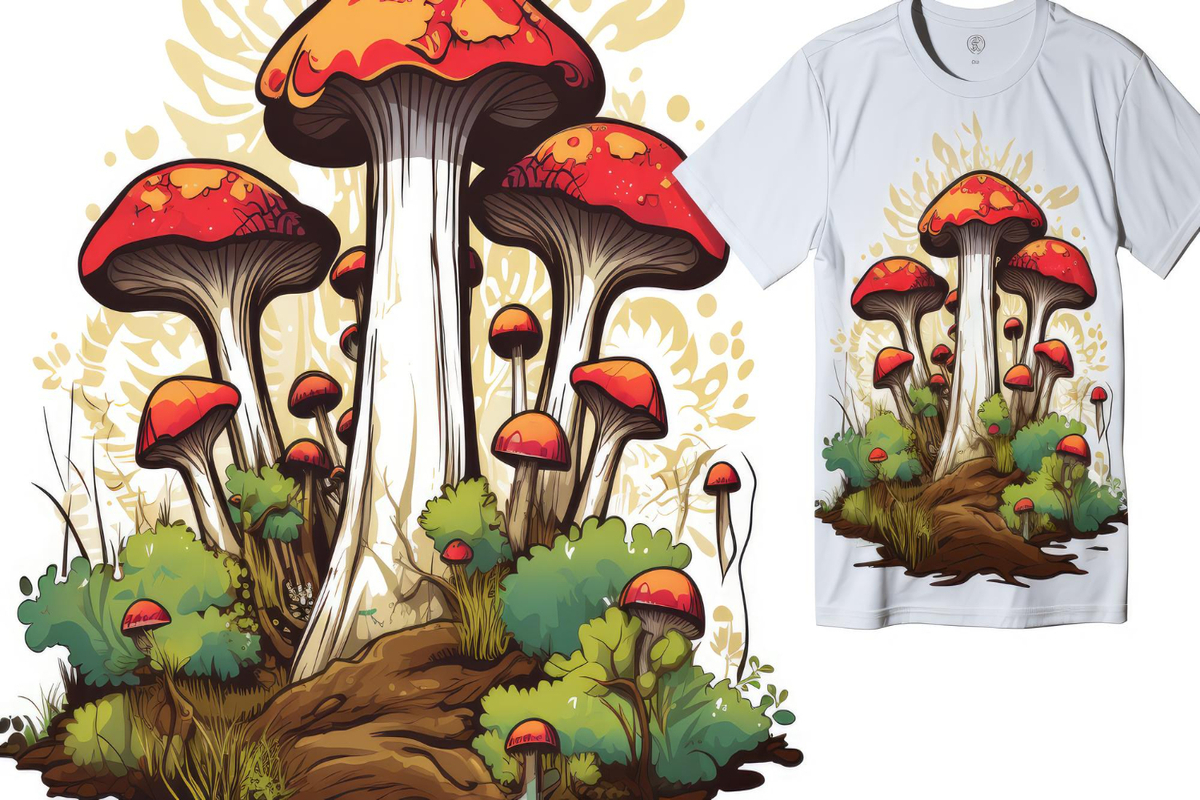In the realm of textile printing, **DTF printing** has emerged as a groundbreaking technique that redefines how graphics are transferred onto fabrics. Also known as Direct-to-Film printing, this innovative method utilizes advanced technology to produce stunning visuals with ease and efficiency. The DTF process creates vibrant, durable prints on a range of materials, making it suitable for various applications, from custom apparel to promotional products. With a focus on high-quality results and versatility, DTF technology is quickly becoming the preferred choice for both novice and professional printers alike. This guide will delve into the nuances of DTF applications, outlining its advantages and market potential for those looking to enhance their printing capabilities.
As the textile printing industry evolves, techniques like Direct-to-Film (DTF) offer a fresh perspective on image transfer processes. This method streamlines the way designs are applied, making it an attractive option for various sectors, including fashion and merchandise. The DTF approach prioritizes quality and adaptability, supporting numerous textile types and ensuring vivid prints that stand the test of time. Known for its efficiency and reliability, this technology is rapidly gaining traction among businesses that specialize in personalized apparel and promotional materials. An exploration of DTF highlights its significance in transforming printing practices and meeting modern consumer demands.
The Essentials of DTF Printing
DTF printing, or Direct-to-Film printing, is a revolutionary method widely embraced in the textile industry. This innovative approach begins with the application of specially formulated water-based inks on a transparent PET film that serves as a medium for transferring designs onto various fabrics. Unlike traditional printing techniques, the DTF process eliminates the need for complex setups, offering a more straightforward and user-friendly experience. The simplicity of this method makes it accessible not only for commercial printers but also for hobbyists looking to explore fabric printing.
The versatility intrinsic to DTF printing is remarkable. It caters to a wide range of materials, allowing users to print on cotton, polyester, blends, and even more unconventional fabrics. This adaptability not only broadens the scope of projects but also assures creators that once they invest in DTF technology, they can successfully meet the diverse demands of their clientele.
Frequently Asked Questions
What is the DTF printing process and how does it work?
The DTF printing process, or Direct-to-Film printing, involves three main steps: first, specialized water-based inks are printed onto a clear PET film. Next, this film is coated with a hot-melt powder, which ensures the ink adheres well during heat transfer. Finally, a heat press applies the necessary temperature and pressure to transfer the vibrant design from the film onto the fabric.
What are the advantages of using DTF technology in textile printing?
DTF technology offers several advantages, including versatility for printing on diverse fabrics such as cotton and polyester. The prints produced are vibrant, high-quality, and durable, resisting washing and fading over time. This makes DTF printing an ideal choice for custom apparel and promotional products.
What types of applications are suitable for DTF printing?
DTF printing is highly versatile and can be applied in various applications. Common uses include custom apparel like t-shirts and team uniforms, promotional products such as bags and caps, as well as home textiles and accessories. This technology allows for highly customizable designs, catering to both individual consumers and businesses.
How does DTF printing compare to traditional printing methods?
Compared to traditional methods like screen printing, DTF printing offers a simplified setup and is suitable for a wider range of fabrics. It also provides high-quality prints with rich colors and is more efficient for short runs of custom designs. Although equipment costs can be high, the overall material savings in DTF processes often make it a more cost-effective solution.
What recent developments have been made in DTF technology?
Recent advancements in DTF technology include faster printer speeds, improved print quality, and better inks. These innovations cater to the growing demand for high-quality prints in the customization market, enabling businesses to produce designs more quickly without compromising on quality.
Are there any limitations to DTF printing?
While DTF printing has many benefits, it does come with some limitations. The initial investment for high-quality printers and materials can be significant, and businesses transitioning to DTF technology may face a learning curve to effectively manage the printing process, including setup, powdering, and heat pressing.
| Key Points | |
|---|---|
| What is DTF Printing? | DTF printing is an innovative technique for transferring detailed designs onto fabrics using a simplified process. |
| DTF Process Steps | 1. Printing on PET film. 2. Coating with hot-melt powder. 3. Heat transfer onto fabric. |
| Advantages of DTF Printing | – Versatile for various fabrics. – Produces vibrant colors and high-quality images. – Durable prints resistant to fading and washing. |
| Applications of DTF Printing | – Custom apparel (t-shirts, uniforms). – Promotional products (bags, caps). – Other merchandise (home textiles, accessories). |
| Recent Developments | – Improved printing speed and quality. – Rapid market growth due to custom product demand. |
| Limitations of DTF Printing | – High initial equipment costs. – Learning curve for those transitioning from traditional methods. |
Summary
DTF printing is a revolutionary innovation in the realm of textile printing, providing manufacturers and creators with a method that combines quality and efficiency. This technique stands out due to its ability to print on a variety of fabrics, ensuring vibrant colors and durable finishes that meet the demands of both custom apparel and promotional product markets. As the market continues to evolve, DTF printing remains at the forefront, offering significant advantages that can greatly benefit businesses and enhance their product offerings. Monitoring developments in DTF technology can provide users with insights into optimizing their production processes and meeting consumer expectations effectively.



